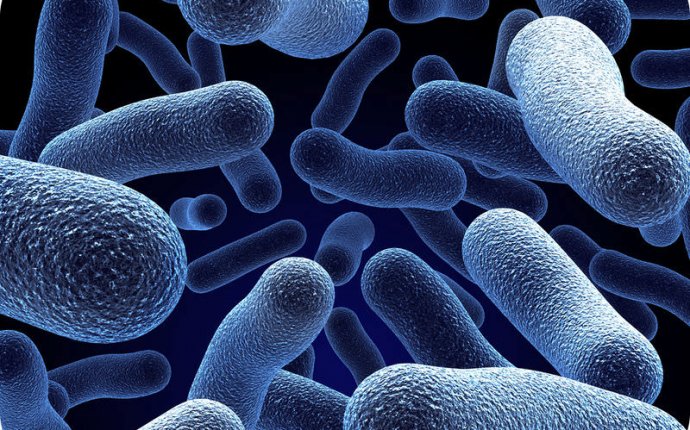
All cells have similar Structures Including

- Explain the distinguishing characteristics of eukaryotic cells
- Describe internal and external structures of prokaryotic cells in terms of their physical structure, chemical structure, and function
- Identify and describe structures and organelles unique to eukaryotic cells
- Compare and contrast similar structures found in prokaryotic and eukaryotic cells
Eukaryotic organisms include protozoans, algae, fungi, plants, and animals. Some eukaryotic cells are independent, single-celled microorganisms, whereas others are part of multicellular organisms. The cells of eukaryotic organisms have several distinguishing characteristics. Above all, eukaryotic cells are defined by the presence of a nucleus surrounded by a complex nuclear membrane. Also, eukaryotic cells are characterized by the presence of membrane-bound organelles in the cytoplasm. Organelles such as mitochondria, the endoplasmic reticulum (ER), Golgi apparatus, lysosomes, and peroxisomes are held in place by the cytoskeleton, an internal network that supports transport of intracellular components and helps maintain cell shape (Figure). The genome of eukaryotic cells is packaged in multiple, rod-shaped chromosomes as opposed to the single, circular-shaped chromosome that characterizes most prokaryotic cells. Table compares the characteristics of eukaryotic cell structures with those of bacteria and archaea.
An illustration of a generalized, single-celled eukaryotic organism. Note that cells of eukaryotic organisms vary greatly in terms of structure and function, and a particular cell may not have all of the structures shown here.
Motility of archaea: rigid spiral flagella composed of archaeal fagellins. Motility of eukaryotes: flexible flagella and cilia composed of microtubules. Eukaryotes have membrane bound organelles, bacteria and archaea do not. Eukaryotes have an endomembrane system (ER, Golgi, lysosomes), bacteria and archaea do not. Eukaryotic cells have 80S ribosomes in the cytoplasm and rough ER, and 70S ribosomes in the mitochondria and chloroplasts. Bacteria and archaea both have 70S ribosomes.">| Summary of Cell Structures | |||
|---|---|---|---|
| Cell Structure | Prokaryotes | Eukaryotes | |
| Bacteria | Archaea | ||
| Size | ~0.5–1 μM | ~5–20 μM | |
| Surface area-to-volume ratio | High | Low | |
| Nucleus | No |  Yes Yes |
|
| Genome characteristics |
|
|
|
| Cell division | Binary fission | Mitosis, meiosis | |
| Membrane lipid composition |
|
|
|
| Cell wall composition |
|
|
|
| Motility structures | Rigid spiral flagella composed of flagellin | Rigid spiral flagella composed of archaeal flagellins | Flexible flagella and cilia composed of microtubules |
| Membrane-bound organelles | Yes | ||
| Endomembrane system | Yes (ER, Golgi, lysosomes) | ||
| Ribosomes | 70S |
|
|
Eukaryotic cells display a wide variety of different cell morphologies. Possible shapes include spheroid, ovoid, cuboidal, cylindrical, flat, lenticular, fusiform, discoidal, crescent, ring stellate, and polygonal (Figure). Some eukaryotic cells are irregular in shape, and some are capable of changing shape. The shape of a particular type of eukaryotic cell may be influenced by factors such as its primary function, the organization of its cytoskeleton, the viscosity of its cytoplasm, the rigidity of its cell membrane or cell wall (if it has one), and the physical pressure exerted on it by the surrounding environment and/or adjoining cells.
Eukaryotic cells come in a variety of cell shapes. (a) Spheroid Chromulina alga. (b) Fusiform shaped Trypanosoma. (c) Bell-shaped Vorticella. (d) Ovoid Paramecium. (e) Ring-shaped Plasmodium ovale. (credit a: modification of work by NOAA; credit b, e: modification of work by Centers for Disease Control and Prevention)
NOTE
- Identify two differences between eukaryotic and prokaryotic cells.
Unlike prokaryotic cells, in which DNA is loosely contained in the nucleoid region, eukaryotic cells possess a nucleus, which is surrounded by a complex nuclear membrane that houses the DNA genome (Figure). By containing the cell’s DNA, the nucleus ultimately controls all activities of the cell and also serves an essential role in reproduction and heredity. Eukaryotic cells typically have their DNA organized into multiple linear chromosomes. The DNA within the nucleus is highly organized and condensed to fit inside the nucleus, which is accomplished by wrapping the DNA around proteins called histones.
Eukaryotic cells have a well-defined nucleus. The nucleus of this mammalian lung cell is the large, dark, oval-shaped structure in the lower half of the image.
Although most eukaryotic cells have only one nucleus, exceptions exist. For example, protozoans of the genus Paramecium typically have two complete nuclei: a small nucleus that is used for reproduction (micronucleus) and a large nucleus that directs cellular metabolism (macronucleus). Additionally, some fungi transiently form cells with two nuclei, called heterokaryotic cells, during sexual reproduction. Cells whose nuclei divide, but whose cytoplasm does not, are called coenocytes.







